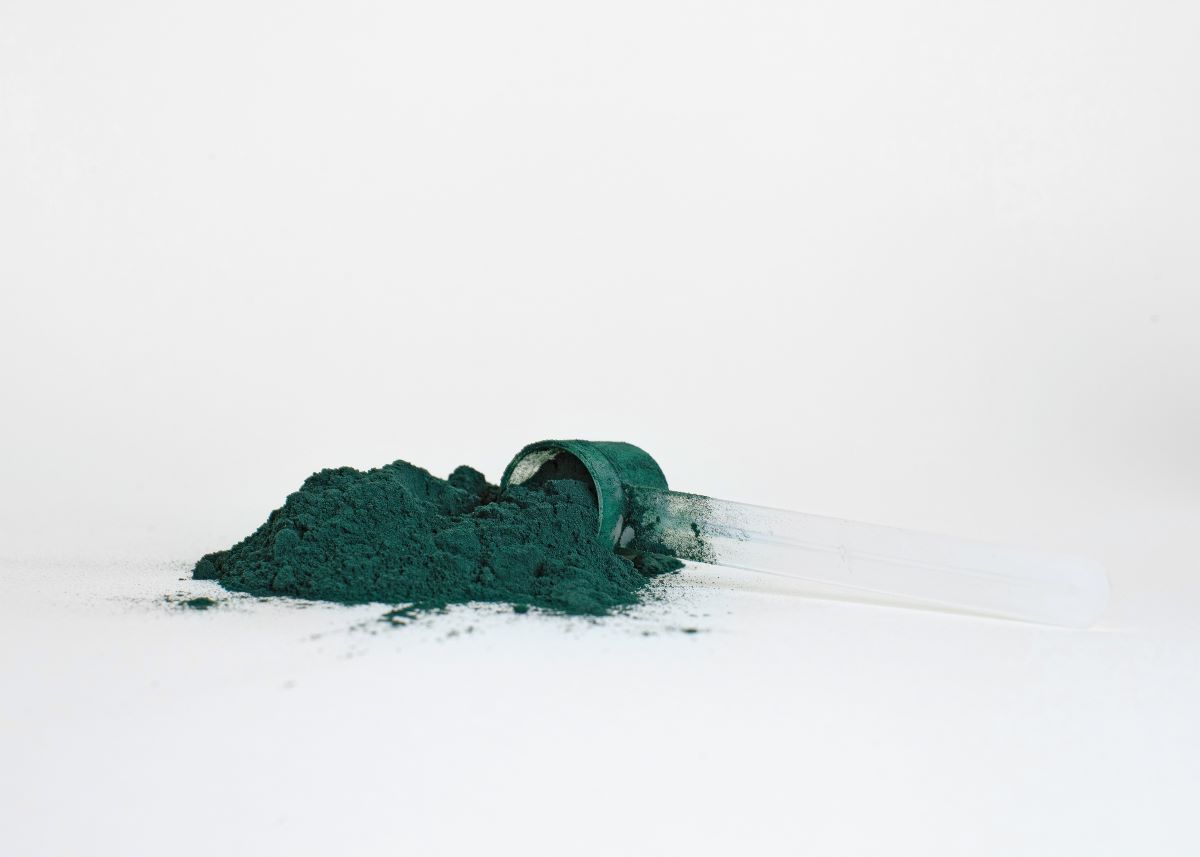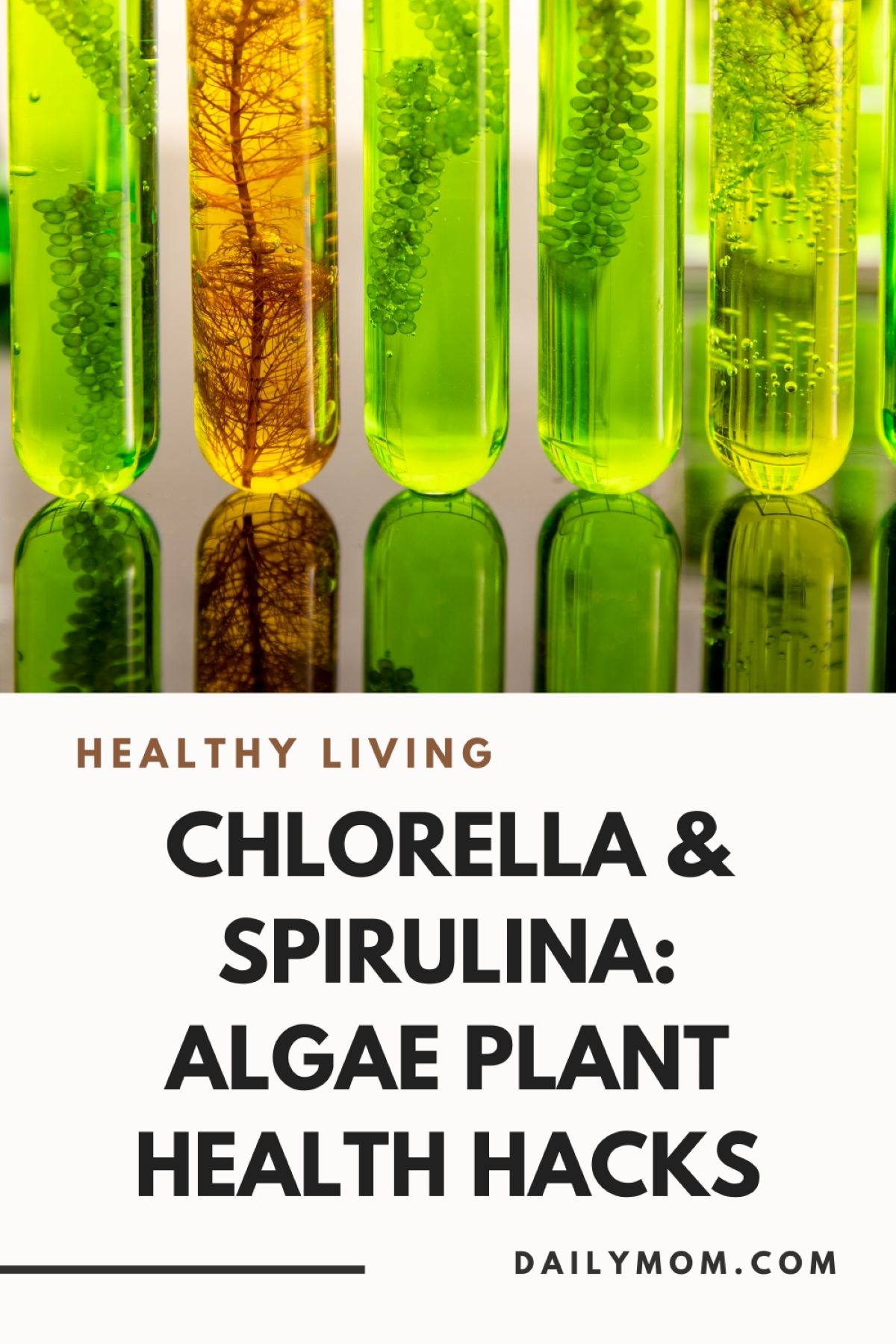If you pay attention to health trends, you’ve probably noticed that the last few years have had a lot of algae plant products on the market, and they all claim to be the next lifechanging supplement. But are the claims all they’re really cracked up to be? Will your life really be that much better if you start drinking algae plant supplements in your smoothie?
The answer to those questions really isn’t clear cut, but if you’re curious about whether or not algae plant products might be right for you, there are some pieces of information you may want to consider in your research, like what an algae plant actually is, what it does, and some of the top product recommendations out there.

What is an Algae Plant?
First things first – if we’re going to even think about consuming something, especially as a health supplement, we should know what it is, always. So, just what is an algae plant?
Scientifically speaking, algae are a diverse group of aquatic organisms that are not considered plants. While algae share some characteristics with plants, such as the ability to photosynthesize (use sunlight as energy), they differ in several ways. Unlike plants, algae lack specialized tissues for conducting water and nutrients throughout the organism. But for the sake of visualizing algae as we learn about it, we’ll keep referring to it as a plant for simplicity.
Algae plants can be found in a variety of aquatic environments, including oceans, lakes, and rivers. They come in a range of shapes and sizes, from microscopic single-celled organisms to large multicellular species that look an awful lot like, you guessed it, a plant.
An essential part of the ecosystem, algae plants also play a crucial role in producing oxygen and absorbing carbon dioxide through photosynthesis. There are many studies that argue algae is considerably better for our air quality and reducing the effects of our carbon footprint than any other plant species. That’s a pretty serious punch for such a small plant (okay, organism).
Because of this, algae plants have a wide range of applications in various industries, including food, medicine, and energy production. Some species of algae are used as food supplements, such as spirulina and chlorella (we’ll get to this in more detail shortly!), while others are being investigated for their potential use as a source of biofuels. Talk about green energy.
They also serve as a food source for many aquatic animals, from tiny plankton to large whales. (Anyone else pivoting mentally to Finding Nemo?)
Read More: 7 Plant Care Myths and Tricks: Green Thumb Trend

Zeroing in on Green Algae
Chlorella and spirulina are probably two of the most familiar algae plants in the wellness conversation. In a turn of super scientific terminology, they belong to a class of algae referred to as green algae. Clever, right?
Green algae is a type of algae that is found in a variety of habitats, including freshwater, saltwater, and moist soil. (You know how sometimes your driveway, or that damp corner in the yard get a little slick after lots of rainfall? Yep, that’s algae!)
Green algae is considered one of the most important groups of algae in the ecosystem. They are the primary producers of oxygen and play a vital role in the food chain.
Okay, there is a more truly scientific side to this though. Get your nerd glasses on, we’re taking a mini-deep dive for a quick second. Green algae are unicellular or multicellular organisms that are classified under the kingdom Plantae. They are characterized by their green color, which is due to the presence of chlorophyll a and b. They can be single-celled, filamentous, or colonial. Green algae are different from other types of algae in that they contain cellulose in their cell walls, which is a feature of plants. They also have a unique type of chloroplast that is similar to those found in land plants. This suggests that green algae are a precursor to land plants.
So yeah, maybe algae plant isn’t entirely inaccurate when talking specifically about green algae.
Like many things, green algae isn’t one-sided. There are some benefits and risks to the algae plant.
Benefits of Green Algae
- Environmental Benefits
As already mentioned, algae plants play a crucial role in the ecosystem by producing oxygen through the process of photosynthesis. Green algae plants specifically are responsible for about 70% of the oxygen in the Earth’s atmosphere. They also absorb carbon dioxide, a greenhouse gas that contributes to global warming. This makes them an essential tool in the fight against climate change.
- Economic Benefits
Green algae has significant economic potential, particularly in the fields of biofuels and pharmaceuticals. It can be used to produce biofuels such as biodiesel and bioethanol, which are renewable and environmentally friendly alternatives to fossil fuels. As a pharmaceutical, green algae contains compounds that have anti-inflammatory, anti-viral, and anti-cancer properties (more on that just below).
- Nutritional Benefits
Green algae are an excellent source of protein and other nutrients. They are rich in vitamins, minerals, and antioxidants that are essential for good health and increasingly difficult to find in conventionally grown fruits and veggies. Some types are used in nutritional supplements, such as Spirulina tablets, which are marketed as a natural superfood.
Harmful Effects of Green Algae
- Harmful Algal Blooms
Harmful algal blooms (HABs) are one of the most significant harmful effects of green algae. These occur when certain types of algae, including green algae, produce toxins that are harmful to aquatic life and humans. These toxins can cause fish kills and shellfish poisoning, which can lead to significant economic losses for the fishing industry. (Think red tide, a seasonal concern on the East Coast.)
- Health Risks
Green algae can also pose health risks to humans when consumed through contaminated water or seafood, which can lead to a variety of health problems, including nausea, vomiting, and diarrhea.
Read More: 10 Sustainable Living Practices to Reduce Your Family’s Environmental Impact

Supplements: Chlorella & Spirulina
Okay, we’ve mentioned chlorella and spirulina several times so far. What’s the big hype surrounding these particular algae plants? Chlorella and spirulina are both types of green algae that have been gaining popularity in recent years for their potential health benefits. They may look similar (you know, both, green….), they have different nutritional profiles and benefits. If you’re considering adding them to your diet, you might want to know what each has to offer.
Chlorella
Chlorella is a single-celled freshwater green algae. It is a complete protein, meaning it contains all nine essential amino acids that the body cannot produce on its own. Chlorella also contains high levels of vitamins and minerals, including vitamin C, iron, and calcium. Here are some potential health benefits of chlorella supplements:
- Detoxification – Chlorella is known for its detoxifying properties. It can bind to heavy metals, pesticides, and other toxins in the body and help flush them out. This may help improve liver function and support overall health.
- Immune Support – Chlorella is rich in antioxidants, which can help protect the body against oxidative stress and inflammation. This, in turn, can help boost the immune system and improve overall health.
- Digestive Health – Chlorella is a source of dietary fiber, which can help promote digestive health. It can also help support the growth of healthy gut bacteria, which is essential for proper digestion and nutrient absorption.
Spirulina
Spirulina is a blue-green algae. It is also a rich source of protein and contains high levels of vitamins and minerals, including vitamin B12, iron, and calcium. Here are some potential health benefits of spirulina supplements:
- Energy Boost – Spirulina is rich in iron, which is essential for the production of hemoglobin, a protein that carries oxygen in the blood. This, in turn, can help improve energy levels and reduce fatigue.
- Anti-Inflammatory – Spirulina also contains high levels of antioxidants, which can help reduce inflammation in the body. Chronic inflammation is linked to a variety of health problems, including heart disease, cancer, and autoimmune disorders, so it’s possible to see improvement with various health conditions while supplementing.
- Blood Sugar Control – Spirulina may help improve blood sugar control, particularly in people with type 2 diabetes. One study found that consuming spirulina supplements for two months resulted in a significant reduction in fasting blood sugar levels.
Read More: 17 of the Best Skincare Products for Acne: Facial Treatments Right at Home

Incorporating Chlorella and Spirulina into Your Life
Chlorella and spirulina are both widely available in supplement form, including tablets, capsules, and powders. What brand you use is ultimately up to you, but as with all supplements, be sure to verify the quality.
Once you’ve made your pick, powders can be added to smoothies, juices, or other drinks for an easy and convenient way to incorporate them into your diet. They can also be added to recipes such as energy balls, protein bars, or homemade granola. Really, anywhere you can mix in a powder (salad dressings, sauces, beverages, snacks) is a possible vehicle for getting this superfood into your body!
There are even skincare products, like chlorophyll masks, that help to improve skin health from the outside.
Read More: Why You Should be a Taking a Liquid Chlorophyll Supplement Daily
Algae plants are a diverse group of aquatic organisms that aren’t really plants, that play a crucial role in the ecosystem. They are massively critical to the health of our planet, and, as it turns out, to our own health as well when used as a supplement.
Overall, algae plants are an important and fascinating group of organisms that have a lot to offer. With careful management and continued research, they have the potential to provide significant benefits to both the environment and human society.
WANT TO READ MORE?
Check out Daily Mom’s Lifestyle section for more healthy tips and tricks!
CONNECT WITH DAILY MOM
💖 NEWSLETTER: DAILY READS IN YOUR INBOX 💖
Sign up to receive our picks for the best things to do, see and buy so you can relax and focus on more important tasks! Let us help you be the best version of yourself you can be!
BE SOCIAL WITH US
📌 LOVE IT? PIN IT!📌










































